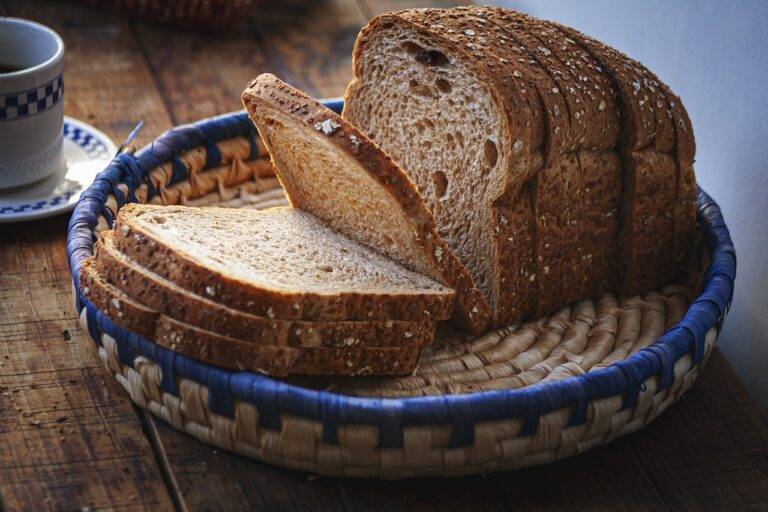The Evolution of Food Packaging: Innovations in Biodegradable and Compostable Materials.
Traditional packaging materials such as plastic, styrofoam, and aluminum have been widely used in various industries for decades. These materials, while providing durability and convenience, have a significant impact on the environment. The production of these packaging materials contributes to the depletion of natural resources, while their disposal leads to pollution and littering in our ecosystems.
Moreover, traditional packaging materials are often not biodegradable and can take hundreds of years to decompose in landfills. This results in long-term environmental harm, as these materials release harmful chemicals into the soil and water, affecting plant and animal life. Additionally, the manufacturing process of traditional packaging materials produces greenhouse gas emissions, contributing to climate change.
Advantages of Biodegradable Packaging Materials
Biodegradable packaging materials offer a sustainable alternative to traditional packaging, as they can decompose naturally without leaving harmful residues in the environment. This eco-friendly attribute helps reduce the amount of waste that ends up in landfills or oceans, contributing to a cleaner planet for future generations. Furthermore, biodegradable packaging materials often require less energy and resources to produce compared to their non-biodegradable counterparts, making them a more environmentally responsible choice for businesses and consumers alike.
In addition, biodegradable packaging materials can help businesses align with their corporate social responsibility goals by showcasing their commitment to sustainable practices. By using biodegradable materials in their packaging, companies can demonstrate their dedication to reducing their carbon footprint and minimizing their impact on the environment. This not only resonates positively with environmentally conscious consumers but also sets a precedent for other businesses to follow suit in adopting more eco-friendly packaging solutions.
What is traditional packaging made of and how does it impact the environment?
Traditional packaging is often made of non-biodegradable materials like plastic, which can take hundreds of years to decompose and contribute to pollution and landfill waste.
What are some advantages of using biodegradable packaging materials?
Biodegradable packaging materials are made from organic materials that break down naturally over time, reducing the impact on the environment. They also help to decrease the amount of waste in landfills and oceans.
Are biodegradable packaging materials as durable as traditional packaging materials?
Biodegradable packaging materials can be just as durable as traditional materials, depending on the specific type of material used. Many biodegradable options are designed to be just as protective and strong as traditional packaging.
Are biodegradable packaging materials more expensive than traditional packaging materials?
The cost of biodegradable packaging materials can vary depending on the specific material and production process. While some biodegradable options may be slightly more expensive, the long-term environmental benefits often outweigh the cost difference.
Can biodegradable packaging materials be recycled?
Biodegradable packaging materials can often be recycled along with other organic waste, making them a more sustainable option compared to traditional non-biodegradable materials that cannot be easily recycled.





